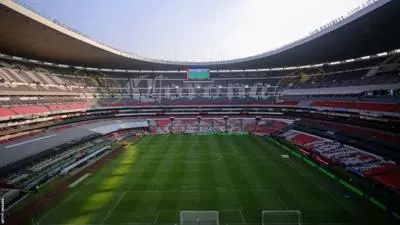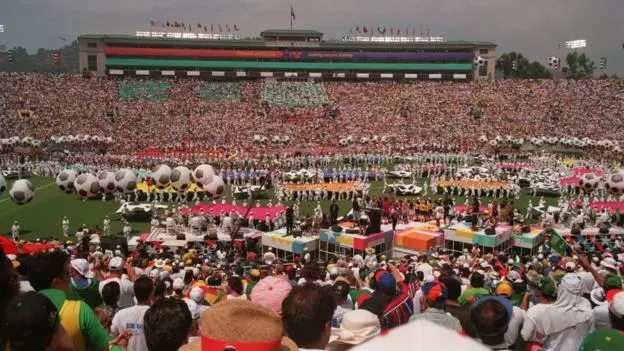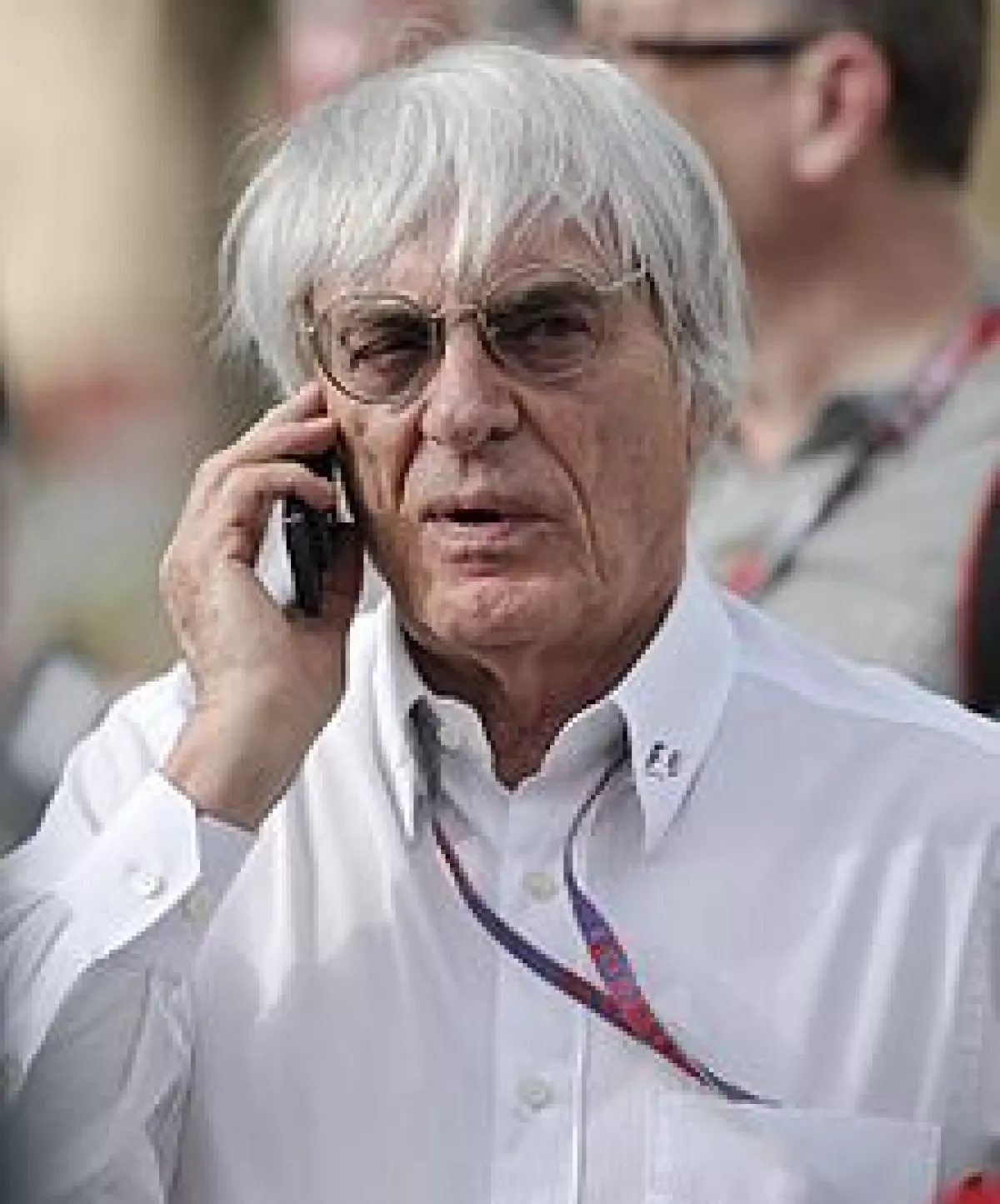 The Estadio Azteca in Mexico City is the only stadium being used in 2026 that was used in the 1970 and 1986 World Cups.
The Estadio Azteca in Mexico City is the only stadium being used in 2026 that was used in the 1970 and 1986 World Cups.
The upcoming World Cup in 2026 is set to be a thrilling spectacle, with several exciting changes to the tournament. In this article, we'll explore what you can expect from the next edition of the FIFA World Cup.
Why Will There Be More Teams than Ever Before in 2026?
FIFA has decided to expand the number of teams participating in the men's World Cup from 32 to 48. This expansion aims to generate more revenue through sponsorships, merchandising, ticket sales, and broadcast revenues. FIFA expects to earn a staggering $11 billion during the four-year cycle leading up to December 2026.
The growing popularity of football in North America is also a significant factor in the decision to increase the number of teams. FIFA projects that around 5.5 million fans will attend the tournament, surpassing the previous record of 3.6 million fans in 1994.
This increased revenue will be reinvested in football development worldwide, including initiatives to expand the women's game. The expanded format will also provide more opportunities for teams from all over the world to qualify for the World Cup, including Oceania, Africa, Asia, and Concacaf.
Where Will the Matches Be Played in 2026?
 The World Cup final in 1994 was held at the Rose Bowl stadium in Pasadena, California.
The World Cup final in 1994 was held at the Rose Bowl stadium in Pasadena, California.
The 2026 World Cup will take place in 11 cities in the United States, three venues in Mexico, and two in Canada. The host cities are strategically spread out across North America to minimize travel for teams and fans. The United States will host 60 matches, including all quarter-finals onward, while Canada and Mexico will each host 10 matches.
The chosen venues are a mix of existing stadiums and those requiring upgrades. Most of the stadiums are currently used by NFL teams, and some will need to install natural grass surfaces as FIFA does not permit artificial turf.
The host venues for the 2026 World Cup include iconic locations such as the MetLife Stadium in New York/New Jersey, the Estadio Azteca in Mexico City, and the BMO Field in Toronto. The geographical spread of the matches is yet to be announced, but it is likely that teams will play their group-stage games in regionalized zones.
How Will the 2026 Finals Be Structured?
The final structure for the 2026 World Cup will be decided by the FIFA Council in 2023. One initial option was to have 16 groups of three teams, where each team would play two group games, followed by a new round of 32. However, concerns were raised about potential collusion between teams in the final fixture to secure qualification.
Considering the success of the four-team group format in 2022, FIFA president Gianni Infantino has suggested revisiting the format for 2026. The current indication is that there will be 12 groups of four teams, split into two halves, resembling two concurrent European Championships.
Another potential change could be the elimination of draws during group-stage matches. Instead of extra time, penalty shootouts may decide the outcome if teams are level after 90 minutes.
Where Will the FIFA World Cup 2026 Final Be Played?
 The MetLife Stadium in New Jersey could host the final.
The MetLife Stadium in New Jersey could host the final.
The location for the 2026 World Cup final has not yet been determined and will be announced in the coming year. The front-runner to host the final is the MetLife Stadium in East Rutherford, New Jersey. This stadium has a seating capacity of 82,500 and is currently home to the New York Giants and New York Jets NFL teams.
The iconic Azteca Stadium in Mexico City has also been suggested as a potential host for the opening match. However, FIFA is taking its time to evaluate different options before making a final decision.
What About the Future?
Looking ahead to the centenary event in 2030, several countries have expressed their interest in hosting the tournament. Uruguay, the host of the first FIFA World Cup in 1930, is eager to be awarded the tournament, possibly in a joint bid with Argentina. Spain and Portugal are hoping to be put forward by UEFA, while Saudi Arabia is also a potential bidder.
The FIFA Council will decide on the host for the 2030 tournament in 2024. Exciting times lie ahead for both the 2026 and 2030 World Cups, promising unforgettable moments for football fans worldwide.
Remember to mark your calendars and get ready to witness the best that football has to offer in the upcoming World Cup editions!
Note: All images are from the original article.
















